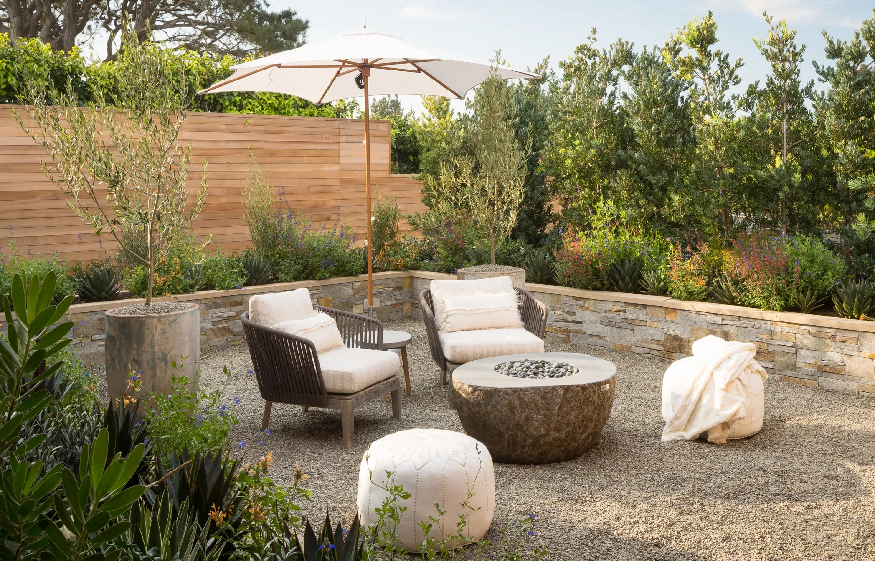Focusing on the subtler details, such as the quality of the componentry, is essential if you want your outdoor furniture to last. Understanding the furniture’s composition is essential for ensuring it continues functioning and retaining its attractiveness.
Here is an exhaustive guide to maintaining outdoor furniture in Singapore.
Aluminium and Steel
Due to their resistance to corrosion and tenacity, these materials are ideally suited for outdoor applications. To maintain steel and aluminium furniture, simply cleanse with a solution of water and detergent, then rinse with clean water.
Brass
Brass is a copper-zinc alloy, traditionally known for its malleability and durability. It also acquires a lovely patina as it matures. Brass furniture is easily maintained by washing it with a detergent and water solution and rinsing it with clean water. Above all, refrain from polishing the brass, which will eradicate the lovely patina.
Linen
Due to the natural fibres of the product, regular maintenance is required to guarantee the durability of the linen. Regularly vacuuming the linen at a low suction level will remove any loose residue or grime. The fabric may be machine-washed at a maximum temperature of 40°C and with a moderate, natural detergent containing no chlorine bleach or bleach-like compounds. Raw or slub linens must be line-dried in a well-ventilated area. Regular linen can be tumble-dried at the lowest temperature.
It is essential not to let grime remain on the fabric for an extended period or leave your cushions soaked in water, as this promotes mildew growth. Instead, place the cushion on its side so that water can drain away. In general, linen coverings are best suited for sheltered outdoor spaces like balconies and verandas.
Stainless Steel
Stainless steel is known to be resistant to oxidation and corrosion, which requires minimal maintenance. Tea stains may appear on horizontal, flat surfaces or furniture near coastal environments. However, this does not affect the durability and structural integrity of the object.
To maintain the material’s natural lustre, routinely cleanse the furniture and apply a stainless-steel disinfectant (available at hardware stores). Maintain the polished appearance with an additional cleansing, particularly in salty coastal regions.
Teak
The natural colour transition from golden brown tones to a translucent grey patina does not affect the durability or strength of the wood. To maximise your teak furniture, we recommend leaving the wood in its natural form, untreated with oils or varnishes. These are difficult to maintain and may foster the growth of fungus.
As with interior furniture, routine cleaning is required to maintain teakwood pollen- and dirt-free. To clean teak furniture, brush off and use a moist cloth, paying special attention to the horizontal surfaces where dust and residue can collect. Remember that wood is a natural, organic material susceptible to fungi growth under certain conditions.
Weaving and Lacing
Both of these synthetic materials found on furniture are highly fade-resistant and quickly dry after being exposed to moisture. Apply using a gentle brush and a solution of moderate soap and water. Avoid using harsh cleaners or scouring pads, as they can leave scars on the surface.

